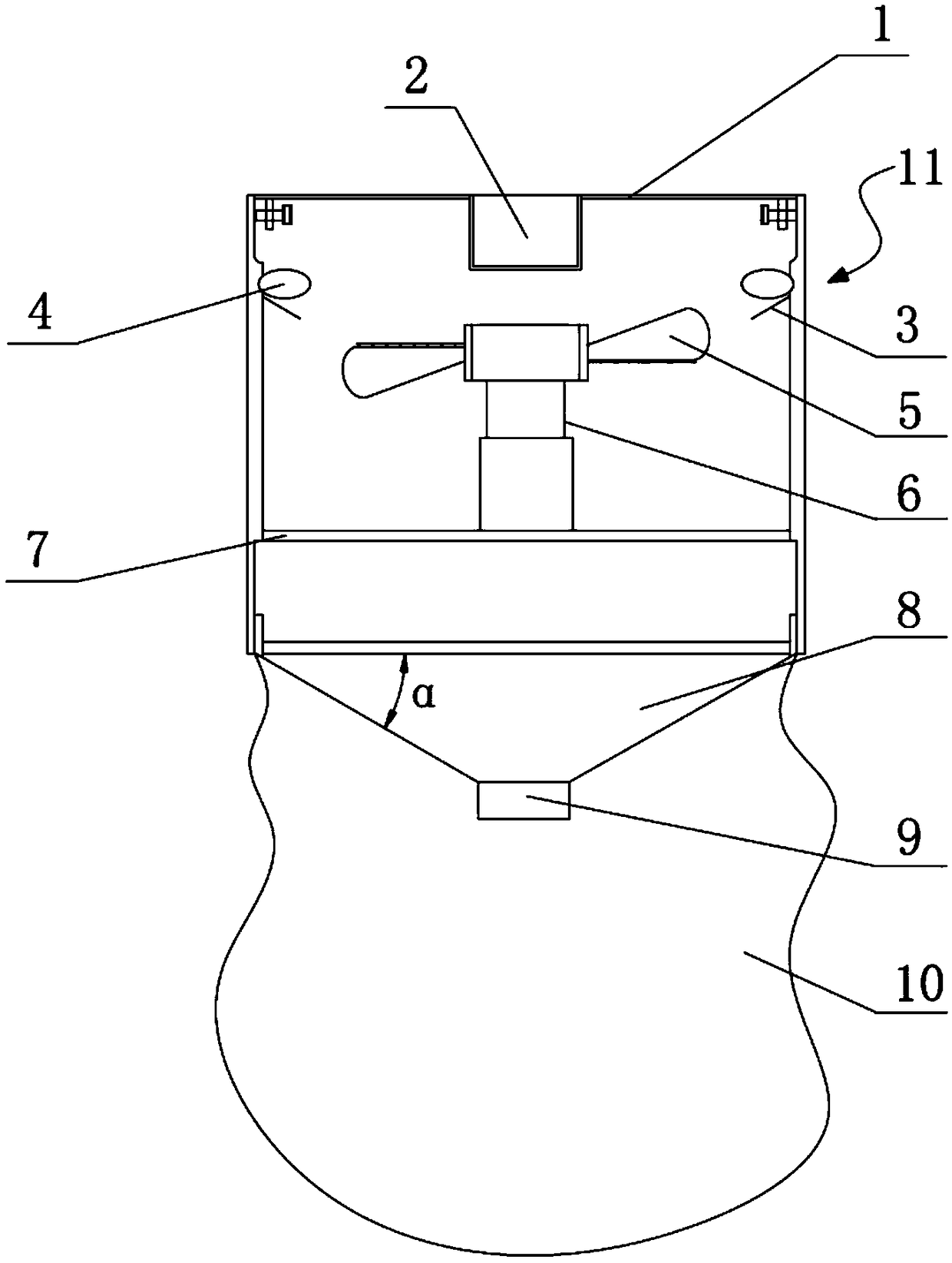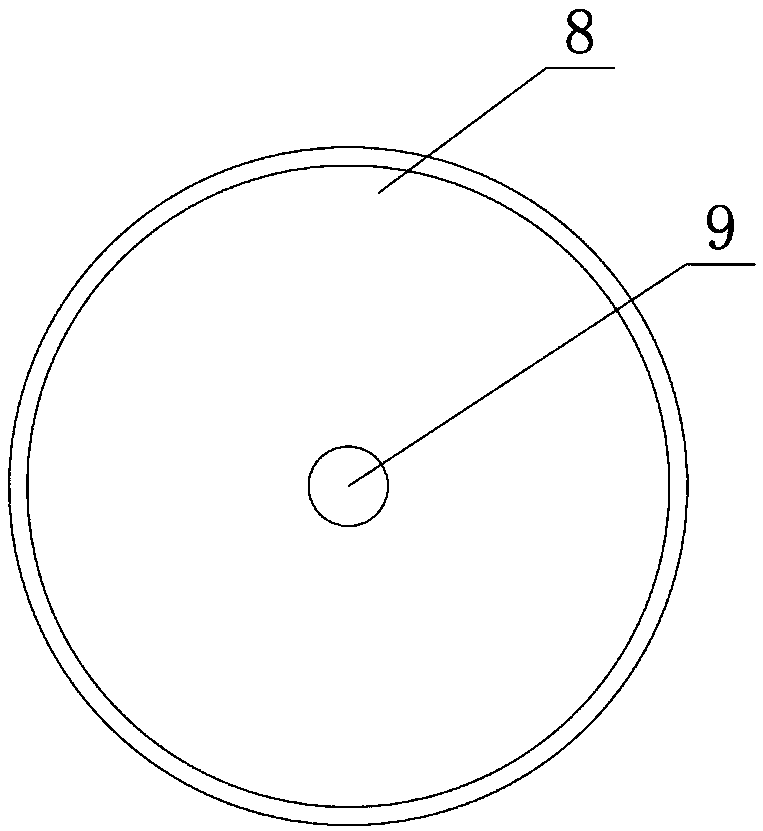Plodia interpunctella trap
A technology of Indian grain moth and trap, which is applied to the device, application, and animal husbandry of catching or killing insects, and can solve problems that affect environmental safety and food safety, endanger sustainable agricultural development, and produce resistance to insecticides in pests. To achieve the effect of increasing the lure effect, improving the trapping effect, and efficient control effect
- Summary
- Abstract
- Description
- Claims
- Application Information
AI Technical Summary
Problems solved by technology
Method used
Image
Examples
experiment example 1
[0032] Experimental example 1. The selection of the wavelength of the light source used by fluke lamp beads
[0033] Among them, the test insect used in the experimental process, the Indian grain moth, was collected from Zhengzhou, Henan, and was used in the Ecological Research Office of Stored Grain Pests of Henan University of Technology with crushed peanuts, red dates, and millet at (32 ± 1) ° C, 70% ± 5% Raised under RH conditions for multiple generations.
[0034] There are many factors that affect the phototaxis behavior of the grain moth, among which the wavelength of the light source is the most important. Selecting a light source with a specific wavelength range is conducive to targeted trapping of pests, thereby improving trapping efficiency. Due to the nature of insects, they have different tropism or avoidance to different light sources, and different insects also have different choices for the tropism of light waves. The Indian grain moth shows different tropism...
experiment example 2
[0041] Experimental example 2. Selection of fan motor
[0042] Two kinds of motors were selected for the test, one is a 60W motor, the rated voltage is 220V, the rated frequency is 50Hz, the input power is 60W, the rated speed is 1200r / min, and the size parameters are 70mm, 70mm and 90mm; The rated voltage of the motor is 12V, the speed is 15000 rpm, and the size parameters are 21mm, 21mm and 27mm respectively.
[0043] Experimental process: A simple small experiment was done to determine whether the motor is suitable for the use of the trap. The experiment was carried out using a cylindrical hollow cylinder, and a fan was placed inside the cylinder. Several Indian grain moth adults were released at one end of the cylinder, the fan was started, and the experimental results were observed.
[0044] Experimental results: The 220V motor can suck almost all the moths into the cylinder, and the 12V motor has less wind power than the 220V motor, and the moths sucked are not as many ...
PUM
 Login to View More
Login to View More Abstract
Description
Claims
Application Information
 Login to View More
Login to View More - R&D
- Intellectual Property
- Life Sciences
- Materials
- Tech Scout
- Unparalleled Data Quality
- Higher Quality Content
- 60% Fewer Hallucinations
Browse by: Latest US Patents, China's latest patents, Technical Efficacy Thesaurus, Application Domain, Technology Topic, Popular Technical Reports.
© 2025 PatSnap. All rights reserved.Legal|Privacy policy|Modern Slavery Act Transparency Statement|Sitemap|About US| Contact US: help@patsnap.com



